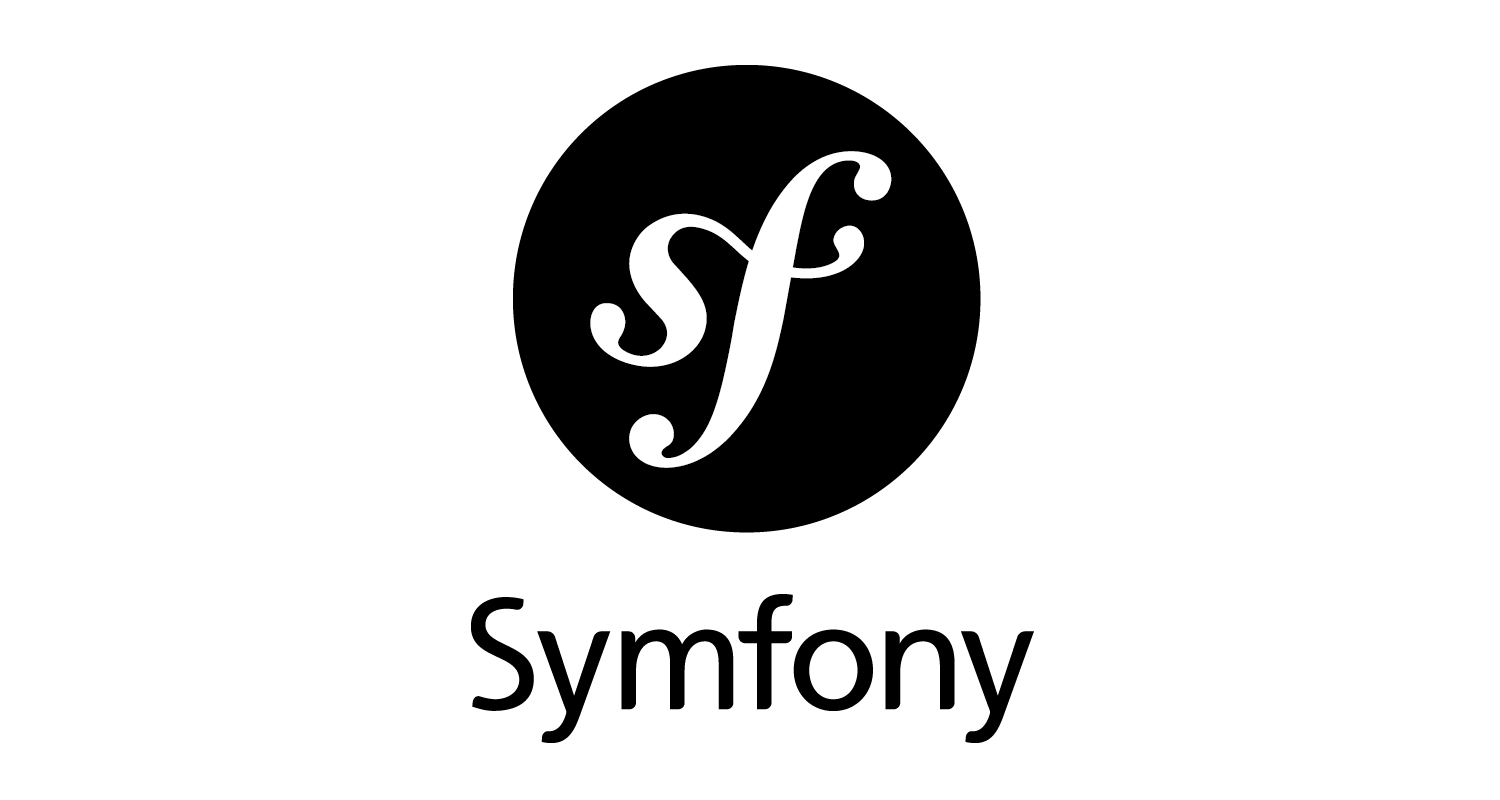Product Engineering Services: Navigating the Innovation Journey
Product engineering services encompass the end-to-end process of designing, developing, testing, and bringing a new product to market. These services involve a combination of technical expertise, innovation, and project management to create high-quality and market-ready products. Here are key components and offerings of product engineering services:
- Product Ideation and Conceptualization:
- Collaborate with clients to understand their vision and goals. Conduct market research and feasibility studies to refine ideas and conceptualize products that meet market demands.
- Requirement Analysis:
- Work closely with stakeholders to gather and analyze requirements. Define the scope, features, and functionalities of the product to align with business objectives.
- Prototyping and Design:
- Create prototypes and design mock-ups to visualize the product. Iterate through design phases to refine user interfaces, user experiences, and overall product aesthetics.
- Development:
- Leverage various technologies and programming languages to build the product. Develop robust and scalable software or hardware components, ensuring they align with industry best practices.
- Quality Assurance and Testing:
- Implement comprehensive testing processes to validate the functionality, performance, and security of the product. Conduct unit testing, integration testing, and user acceptance testing to ensure a high-quality outcome.
- Regulatory Compliance:
- Navigate and adhere to industry-specific regulations and standards. Ensure that the product meets all necessary compliance requirements, certifications, and safety standards.
- Scalability and Performance Optimization:
- Design products with scalability in mind to accommodate future growth. Optimize performance through efficient coding, infrastructure considerations, and load testing.
- User Feedback Integration:
- Collect user feedback during development and incorporate it into the product. Continuous feedback loops ensure that the final product aligns with user expectations and needs.
- Release and Deployment:
- Plan and execute product releases in a phased approach. Implement deployment strategies to minimize downtime and ensure a smooth transition to the new product version.
- Post-Launch Support and Maintenance:
- Provide ongoing support and maintenance services post-launch. Address bug fixes, release updates, and provide technical assistance to ensure the product’s continued success.
- Documentation:
- Create comprehensive documentation outlining the product’s architecture, functionalities, and usage. Documentation aids in onboarding, troubleshooting, and future development efforts.
- Data Security and Privacy:
- Implement robust security measures to protect sensitive data. Adhere to data privacy regulations and best practices to ensure the security of user information.
- Technology Stack Selection:
- Choose appropriate technologies, frameworks, and tools based on project requirements. Stay abreast of industry trends to ensure the use of cutting-edge and relevant technologies.
- Collaborative Development:
- Foster collaboration among cross-functional teams, including developers, designers, testers, and project managers. Encourage an agile and iterative development process.
- Customization and Integration:
- Provide customization options and integration capabilities to meet the unique needs of clients and end-users. Integrate with third-party services, APIs, and platforms as required.
Product engineering services are tailored to the specific needs of each project, ensuring that the resulting product meets quality standards, market demands, and client expectations. These services are crucial for companies looking to bring innovative and competitive products to market efficiently.










